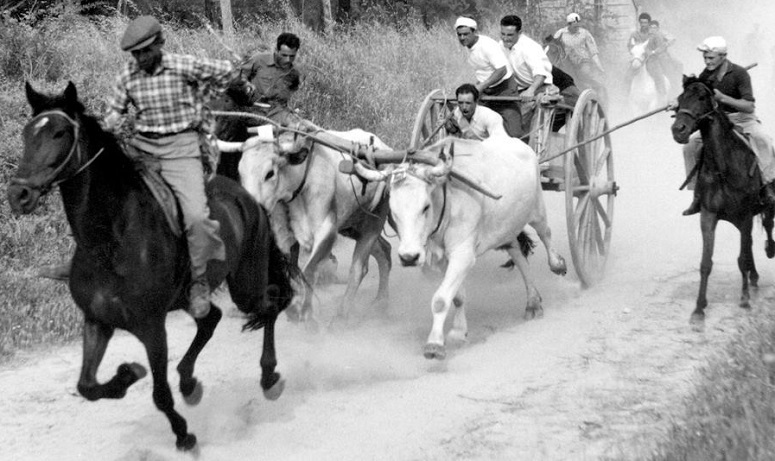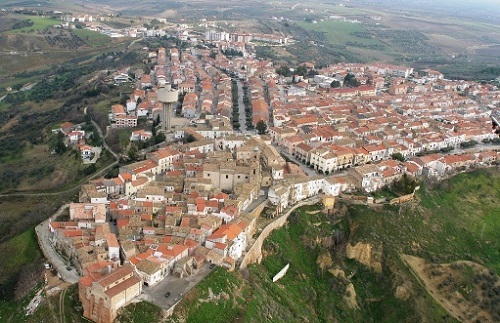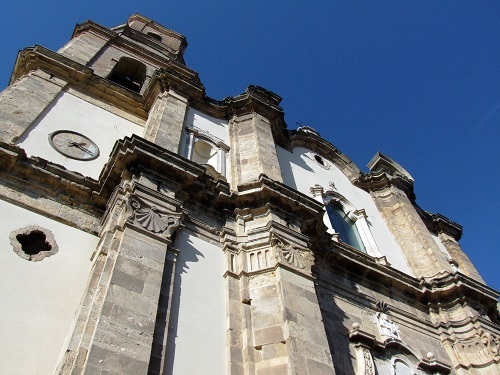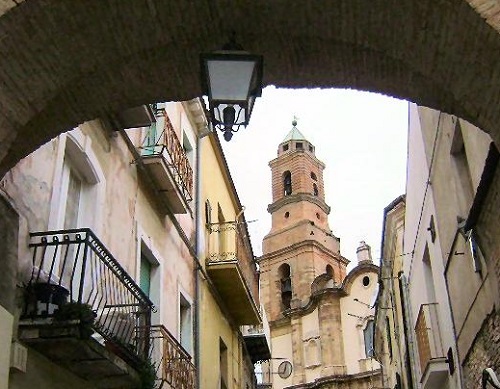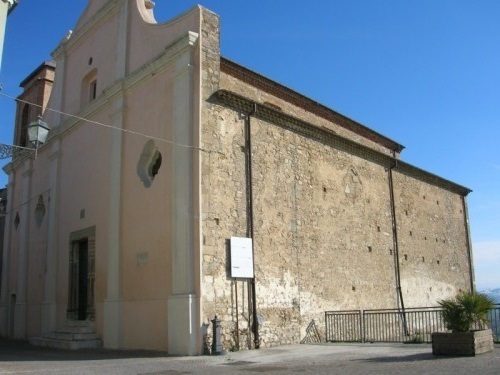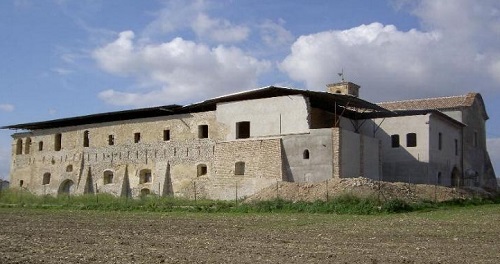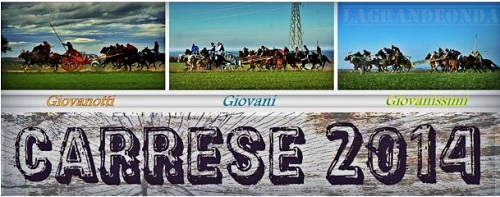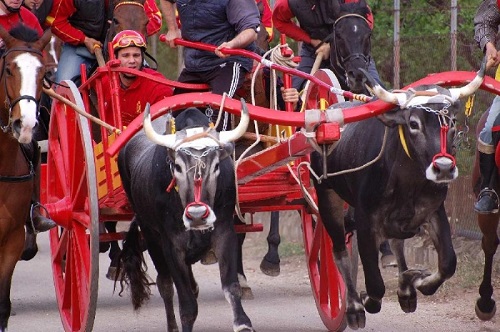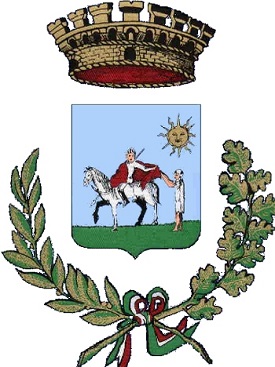|
There is no certain information about the date of foundation of the village, Bishop Giovanni Andrea Tria (Laterza, 22 luglio 1676 – Roma, 16 january1761) suggests that, in 495 AD, after the destruction of Cliternia by the Goths, some residents took refuge on the hill where they built a church.
Lack of historical sources following the earthquake of 1456 suggest that the town was mostly spared from the destructive force of the event.
Towards the second half of the fifteenth century new communities began to settle in the area, such as the Albanians fleeing the Turkish, repopulating most of the territory, devastated and depopulated by the cataclysm. Thus St. Martin found itself surrounded by the new Albanian communities of Ururi, Portocannone, Campomarino, and Chieuti. In 1811, St. Martin's along with the other nearby the countryside towns joined Molise.
Monuments and places of interest.
The Baroque Church of St. Peter the Apostle is divided into two floors by a massive frame, defined by columns and Ionic capitals that point to enrich the main portal. The bell tower, located behind it, features a square base and towards the top reduces its size to end with a belfry surmounted by a drum.
The building was completely restored in the first half of the XVIII century. The interior features a Baroque nave and the dome is decorated with scenes from the life of St. Peter. Inside is also preserved an organ of 1771;
The church of St. Joseph, which is probably the oldest of the area, features a Baroque façade and interior propose a three nave plan. Inside are preserved several XIX century paintings and an XVIII century organ.
The Church of Jesus and Mary, located not far from the main centre, it features an imposing ceiling, embellished with fine gold decorative elements;
The XII century Church of Santa Maria in Pensilis;
The Convent of the Friars Minor built in 1490;
The Baron's Palace, originally a castle with battlements and drawbridge, transformed, over the years, into a noble residence, it has completely lost its original aggressive appearance.
Dedicated to the saint is the local ox cart race
(The Carrese) which takes place during the last week of of April.
Deeply rooted in the population, has ancient origins, which is connected to the Spring Festivals, celebrated in various forms between March-April-May-June.
Similar to other coastal municipalities of Molise and Puglia, the characters of this event are knights, oxen, wagons and two (or three) parties with different colors: white-blu are the colours of Giovani, yellow-red of Giovanotti and, when it’s present, white-green are the colours for Cittadella.
The race takes place over a distance of 9 Km and start from the cattle track; the previous year’s winner takes the first place.
At half-way there is the exchange of the oxen.
The race ends in front of the Church. The winner wagon has the honor to carry Saint Leo’s bust on next 2nd May. Preparations are very long.
The oxen are prepared physically to the effort.
Men on horseback alongside the oxen to incite them to run. This event is loved by all residents and by many other enthusiasts.
|
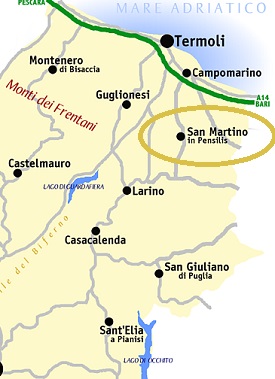
San Martino in Pensilis is a town in the province of Campobasso, surrounded by olive groves and vineyards.
The oldest part, still surrounded by walls, is perched on the hill, while the remainder lies in a less steep area.
It borders with the nearby Apulia region and preserves part of the vast forest that once enriched the whole area. The territory is washed by the river Biferno and the streams Saccione and Cigno.
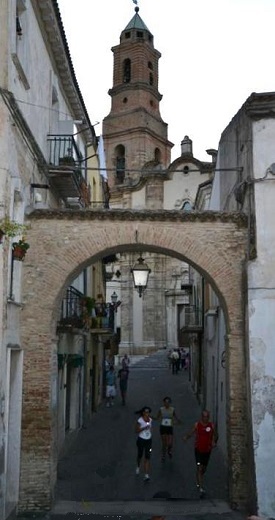
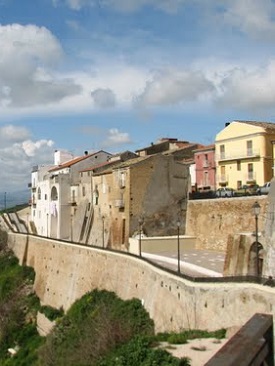
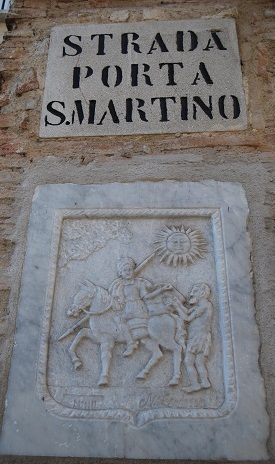
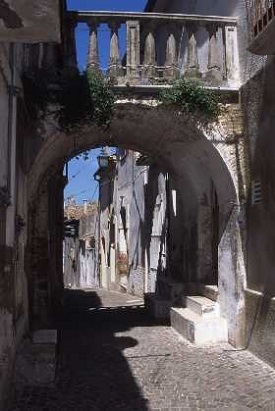
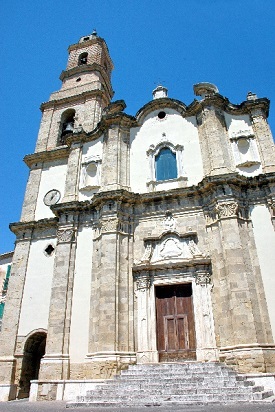
Nearby towns
Chieuti ( Foggia Province)
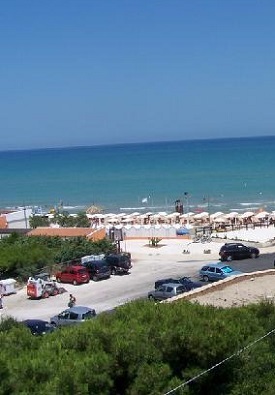
Portocannone
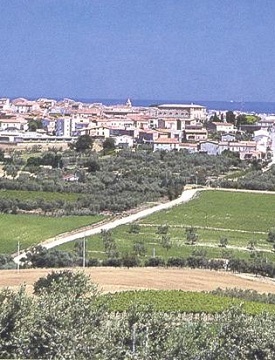
Ururi

Campomarino
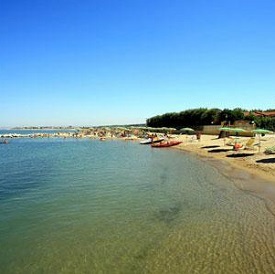 |



